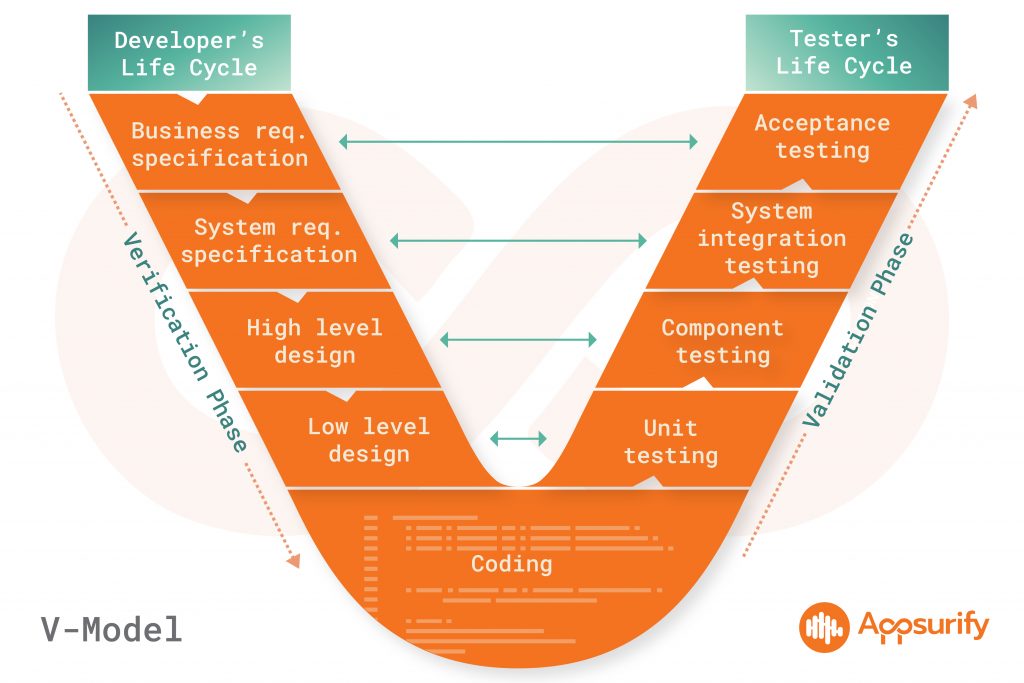As the software development process evolves, so does the need for efficient and effective ways to test the code. In the early days of computing, manual testing was the norm. But as applications became more complex and timelines grew shorter, this process simply wasn’t sustainable. This is where test automation came in. Test automation is the process of automating the execution of test cases, which are scripts that cover functional portions of code. It can test applications, websites, and even infrastructure.
There are many benefits to using test automation, including increased efficiency, decreased costs, and improved quality. But before you can reap these benefits, you need to understand the architecture of test automation.
What Is the Architecture of Test Automation?
Test architecture is the high-level structure of the automation tests for a software project. A well-designed test architecture can make the difference between a successful project and one that fails to meet its goals. The architecture of test automation should take into account the objectives of the testing, the types of tests to be performed, and the resources required to execute the tests.
The Testing Pyramid

- The Test Pyramid provides:
- Starting Place for Automation Testing
- How Tests interact with each other
- The relative investment for each layer of Automation Testing
The testing pyramid includes a model for how tests should distribute across different levels. The three main levels are unit, integration, and end-to-end tests.
Unit tests are the foundation of the pyramid. They test individual units of code, such as classes and methods. These tests are fast to write and run, and they provide a high degree of confidence that the units under test behave as expected.
Integration tests build on top of unit tests by testing how different units work together. These tests are more complex than unit tests, and they take longer to run. But they can give you confidence that your units will work together as intended when they are integrated.
End-to-end tests complete the pyramid by testing the system as a whole. These tests simulate how a real user would interact with the system. They are the most complex and time-consuming tests to write, but they can give you confidence that the system works end-to-end.
The pyramid is not a strict model; there is no right or wrong way to distribute your tests across the levels. The important thing is to have a good mix of tests at all levels to have confidence in your system.
Types of Test Automation
There are two main types of test automation: functional and non-functional.
Functional test automation tests the functionality of the software. It includes tests like unit tests, integration tests, and functional tests. Non-functional test automation is used to test for things like performance, security, and usability. It includes tests like load tests, stress tests, and security tests.
Functional test automation is typically used to automate the regression testing process. Regression testing is a type of testing that is done to ensure that new code changes have not introduced any bugs. It is important to perform regression testing after every code change to make sure that the software is still working as expected.
Non-functional test automation is typically used to automate the performance testing process. Performance testing ensures that the software can handle the expected load. It is important to perform performance testing before releasing the software to make sure that it can handle the expected traffic.
By knowing how to test an application, a tester can develop a well-rounded testing strategy that covers all of the bases.
Test Design
Designing an effective test automation strategy requires taking a number of factors into consideration. These include the types of tests to be automated, the tools to be used, the team’s skills and experience, and the project’s timeline and budget.
The first step in designing a test automation strategy is identifying which tests should be automated. This can be done using the testing pyramid framework discussed earlier. The tests that should be given priority are the ones that are most likely to find bugs.
The next step is to choose the right tools for the job. Many different test automation tools are available, each with its strengths and weaknesses. The right tool for the job will depend on the nature of the project and the team’s skills and experience.
Once the tools have been chosen, the team needs to be trained to use them. This is important because the architecture of test automation is only as effective as the team using it. The team should have a clear understanding of the process and be able to use the tools effectively.
Finally, the project’s timeline and budget need to be considered. Test automation can be a time-consuming and expensive process. It is important to make sure that there is enough time and money allocated to the project to get the desired results.
How to Scale the Architecture of Test Automation
As your project grows, so does the need for test automation. Design your test automation in a way that it can easily scale as the project grows. Here are a few tips for scaling your test automation:
1. Use a Cloud-Based Testing Solution
This will make it easier to add new tests and maintain existing tests as the project grows. Additionally, you’ll be able to run specific subsets of tests more easily and get faster feedback during development with automatic risk based tools, such as Appsurify. When tests are well-isolated, it’s also easier to diagnose and fix failures. Finally, if you ever need to skip a test or temporarily disable it, it’ll be easier to do so without affecting the rest of your test suite.

Automation Testing is expensive in the Cloud!
Keep costs down by running only the Important Tests with…
Prioritized Testing
2. Use a Test Management Tool to Help You Organize and Run Your Tests
A test management tool can help you to organize your tests, track their progress, and get better insights into your testing results. This will make it easier to keep your test automation up-to-date as the project grows.
3. Use a Cloud-Based Testing Solution
A cloud-based testing solution will allow you to run your tests on various devices and platforms. This will make it easier to test your software on a wide range of devices and ensure that it works as expected for all users.
4. Use a Continuous Integration Server to Automatically Run Your Tests
A continuous integration server (also known as a CI pipeline) can help you to automatically run your tests every time there is a code change. This will make it easier to get feedback on the impact of code changes and ensure that new code changes have not introduced any bugs.
Once CI pipeline builds take a long time to complete and testing is forced outside of it, a tool like Appsurify TestBrain can help keep CI pipelines optimized and automation testing in the pipeline.
5. Plan For Growth From the Start
Designing your test automation from the outset with scalability in mind will save you time and effort in the long run. By planning for growth from the start, you can avoid redesigning your automation or facing other difficulties further down the line. Moreover, taking a scalable approach can help you to accommodate new technologies as they emerge, ensuring that your test automation remains fit for purpose.
Learn More About the Architecture of Test Automation
Understanding the architecture of automation testing is the key to designing a scalable and effective test automation strategy. Automation testing can be a time-consuming and expensive process, but it is an essential part of any software development project. By taking the time to design a well-thought-out test automation strategy, you can save time and money in the long run.
